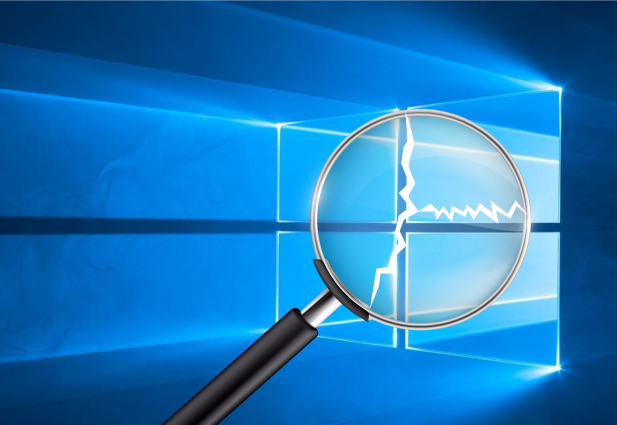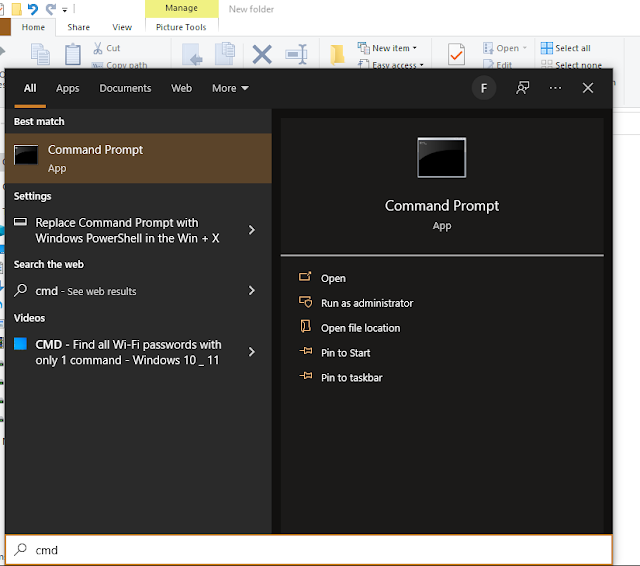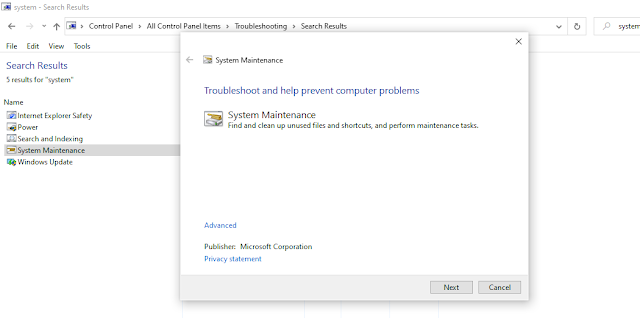What is Windows system corruption?
How do you know if your PC is corrupted?
How to fix Windows system corruption issues?
2 Native Tools: SFC and Troubleshooters
1.System File Checker
It should look like this:
Keywords: windows 10 restore
Text: System Restore is a feature that can keep your computer from being put into use by third-party software. It stores previous settings and allows you to revert back to your desired state in case of a problem that has been fixed."
2.Windows Troubleshooters
Nuclear Option: In-Place Upgrade
Giving Up: Reinstalling Windows
What's the Best Windows Repair Tool?
How does Windows corruption happen?
Windows is a huge and growing piece of software that runs on almost every device. If it’s not installed correctly, there’s a good chance Windows will fail to boot up. Windows 10 accounts for around 20% of our daily usage, so it’s worth investigating any potential issues as soon as possible.
We'll discuss how to find and fix potential problems with your Windows installation in this article.
Windows 10 has become the most popular operating system in the world.
It is also one of the most unreliable. If a hardware device does not work, Windows 10 will not be able to boot up.
If you have an older version of Windows installed on your computer, Windows 10 may be corrupted and require a restart to repair it. Luckily, there are several ways to fix Windows 10 errors and restore it to its original state. First of all, you need to perform a full system scan with WIndows Repair Tool (Windows Repair tool) which will check every possible area of your computer to find out if any corruptions are present. Secondly, you can use Advanced System Restore (Windows Recovery Environment) which will restore your system back to its original state before the corruption occurred. Lastly, use System Restore (Windows Recovery Console) which will search for corrupted files and restore them back to their original state as well as completely reset the BIOS settings of your computer.










No comments:
Post a Comment